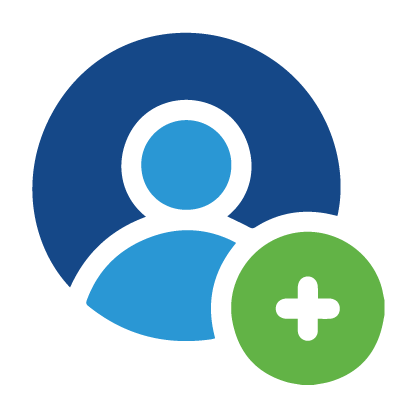Introduction
In the ever-evolving healthcare landscape, medical software has become an essential tool for healthcare providers. From Electronic Health Records (EHRs) to practice management systems, medical software streamlines processes, improves patient care, and increases overall efficiency. However, with the wide variety of available options, choosing the right medical software can take time and effort for healthcare providers. This comprehensive guide is intended to help healthcare professionals navigate the selection process and make informed decisions aligning with their needs and goals.
1. Assess your needs
The first step in choosing the right medical software is to assess the needs and requirements of your practice. Identify the pain points and issues you are facing in your current workflow and areas where the software can significantly impact. Consider factors such as the size of your practice, the number of patients you work with, and the specific specialties or services you offer.
2. Identify your goals
Before diving into the sea of medical software options, set clear goals for your software implementation. Do you want to improve patient engagement, billing, and Revenue Cycle Management or streamline clinical documentation? Understanding your goals will help you focus on software solutions that align with your priorities.
3. Ensure compliance and security
In the healthcare industry, data security and compliance are paramount. Ensure that the medical software you choose complies with all relevant regulations, such as HIPAA, or other country-specific data protection laws. Look for software providers with robust security measures and encryption, access control, and regular data backups.
4. User friendly interface
A user-friendly interface is essential for the smooth adoption and effective use of medical software. Look for intuitive and easy-to-use software, minimizing the need for extensive training for your employees. Additionally, consider medical software that offers customizable dashboards, allowing users to access the information most relevant to their role.
5. Integration skills
Medical software that can be integrated with existing systems, such as EHRs or laboratory information systems, can greatly improve workflow efficiency. Choose software that offers seamless integration with other essential tools you use in your practice. This reduces data volume and ensures easy access to all information from a central platform.
6. Scalability and flexibility
As your practice grows, so will your software needs. Choose medical software that is scalable and can adapt to the changing demands of your practice. This flexibility ensures that the software will continue to meet your needs as your practice expands or services diversify.
7. Mobile compatibility
In the age of smartphones and tablets, medical software that offers mobile compatibility is a significant advantage. Mobile access allows healthcare providers to access patient information, review test results, and communicate with patients or other providers on the go, improving overall care coordination and patient satisfaction.
8. Support and training of sellers
Effective vendor support and training are critical to successful software implementation. Look for software providers that offer comprehensive training for your employees to ensure they can use it to its full potential. Also, verify that the vendor provides timely and responsive support to address any issues or concerns that may arise.
9. Cost Considerations
While investing in medical software is necessary to optimize a practice, it is essential to consider the overall cost of implementation. Evaluate initial costs, ongoing maintenance fees, and any additional fees for customization or upgrades. Balance the features offered with the long-term value the software brings to your practice.
10. Request samples and trials
Request demos or trials from potential software providers before making a final decision. Hands-on experience will allow you to assess the software’s functionality, user interface, and overall compatibility with your practice. Engage key stakeholders in these demonstrations to gain valuable insights and feedback from multiple perspectives.
Conclusion
Choosing the right medical software is a critical decision that directly affects the efficiency and effectiveness of your healthcare practice. By carefully assessing your needs, determining your goals, prioritizing compliance and security, and evaluating key features, you can find the most appropriate software to meet your practice’s unique requirements. Remember that the medical software selection process should be a collaborative effort involving all relevant stakeholders to ensure successful implementation and improved patient care. With the right medical software, healthcare providers can streamline operations, improve patient outcomes, and create a more efficient and sustainable practice environment.









